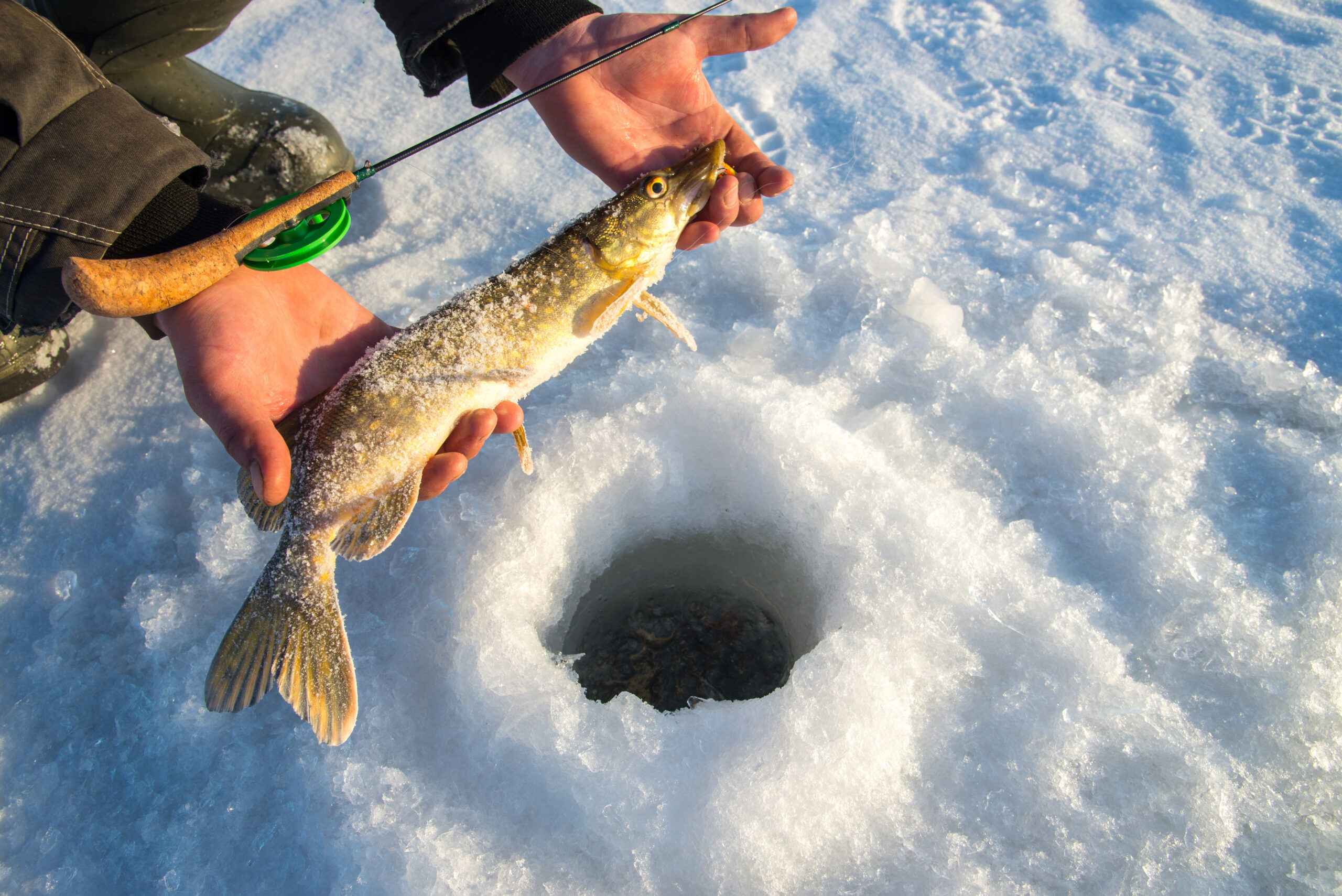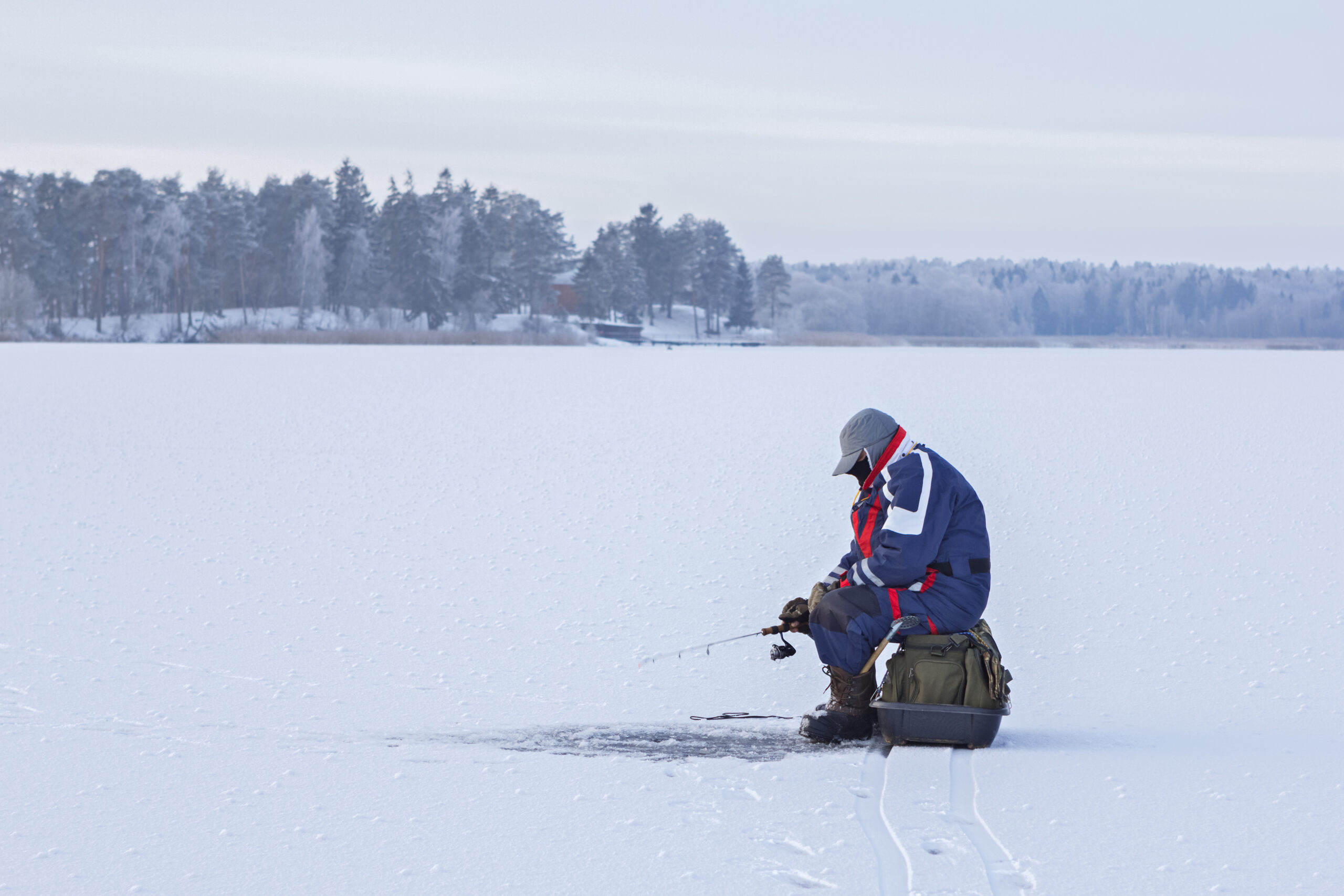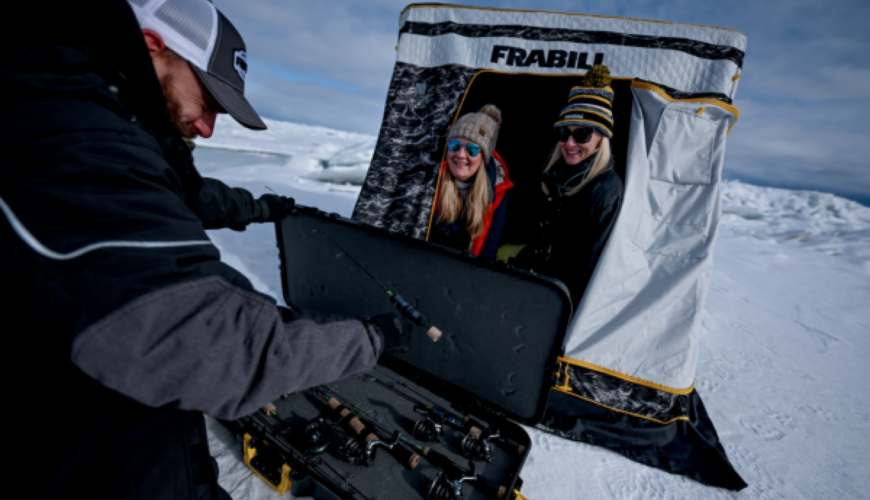Tactics
National Deer Association’s 5 Top Tips for Late-Season Deer Hunting
December 17, 2025 •iSportsman Staff
November 12, 2024
With the holidays behind us, it’s easy to think that the best part of the winter is behind us, too. However, ask any ice angler and they will tell you that the most wonderful time of year is just getting started. The colder temperatures are bringing open water fishing to a close and ushering in the start of a fantastic ice fishing season on waters in the North. To ensure that you get the most out of this year’s colder winter temperatures, here are five ice fishing tips on how to score big this winter.

No fish is worth the risk of frostbite or hypothermia (or worse), common hazards anytime ice and freezing temperatures make up your environment. Here are a few steps you can take to ensure proper and safe ice fishing this season:
The greatest tool you have is not your rod, but your mind. Analyze the ice and the other fisherman of the day and move from there. For instance, if a majority of ice anglers are drilling holes in a shallow area where success has been high earlier, then move to a deeper part of the water.
The reason for this is that fish migration patterns eventually stray away from dangerous areas, so to out-think them, move to where you think they are being pushed. On the flipside, if more anglers are putting pressure on the deeper areas, then go ahead and try shallower waters.
“Be strategic when picking your locations and plan for the entire day of fishing. I may start my day in ten to fifteen feet foot of water in the morning, but I like to have deeper water (thirty feet) close by. I’m staying mobile, but it will only take me a few minutes to get back to my other spots for when the conditions are right.” says Dale Stroschein, a Freshwater Hall of Fame Angler.
Ice fishing is many things, but fast-paced is not one of them. Chances are, you will have plenty of time to think of new tactics that might work while “chilling” on the ice. Don’t be afraid to try something out of the ordinary. Consider switching the weight of your reel or not using your fancy graphing technology for a couple of hours.
Perhaps try out nightcrawlers if you usually use shiners. If nothing is biting, then try changing the sizes of bait. Anything can happen in the fishing world and ice fishing is no exception. Every angler’s style is different, and while you might not find immediate success while experimenting, you just might find a style that makes ice fishing more enjoyable.

Keep in mind, the most expensive rod in the world is rendered obsolete if used inappropriately. Knowing the proper rod action and line weight for the species of fish you are going for is more valuable than any piece of equipment. This is true for all fishing. The most seasoned of anglers know that the most common mistake an ice fisher can make is to go too heavy on the action.
One cannot understate the importance of pairing the proper rod action and line weight to the targeted species. For example, if you are going after walleye, a medium action rod with a 6- to 8-pound line is right where you want to be.
Then if you are not having much success, try switching down to a medium-light action and a lighter line, rather than going up. In colder waters, the fish tend to be more sluggish and because of that, don’t hit bait as hard as they would in warmer water, thus making lighter weights, actions and lines more ideal for scoring on fish.
It’s super easy to figure out the local species of fish in an area by doing a little research if you’re not already familiar. Feel free to ask other anglers or those working in local bait shops what’s biting on that day. Most will be quite helpful.
This is quite possibly the most overlooked quality of a good ice angler. Mobility is key when trying to out-think the fish. Drops in temperature, changes in the amount of light and weather conditions are all things that affect the ideal location for ice fishing.
Be ready to move to adjust to these factors, as well as the fish migration patterns, we mentioned earlier. Having reliable equipment (light-weight mobile shelters, boots with tractions, rod case) are all ways to ensure that you are always—quite literally—a few steps ahead of the fish.
For more ice fishing information and gear, check out frabill.com.
